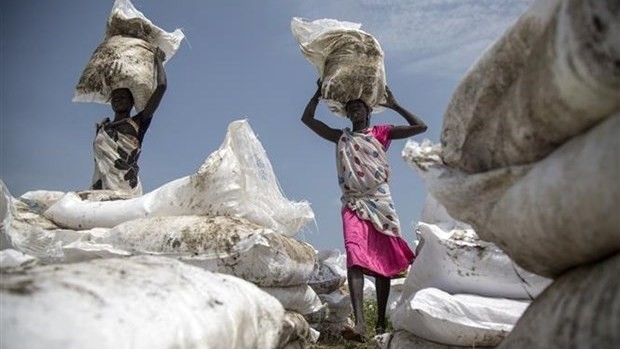According to the World Food Programme (WFP), the number of people facing famine in 43 countries has risen to 45 million from 42 million at the beginning of this year. WFP Executive Director David Beasley said that facing severe food shortages, many families have been “forced to make devastating choices” including pulling their children out of school or marrying them off early. Even in Madagascar where famine is leading many families to a deadlock, they have had to eat locusts, cactus and wild leaves.
Global food security is also a key topic on the agenda of a series of recent international conferences. The WFP noted that traditional funding streams, considered a “lifebuoy” for poor countries, are overstretched. The cost of averting a global famine has increased to US$7 billion from the US$6.6 billion figure announced earlier this year.
The COVID-19 pandemic exposed the fragility of global food systems. Accordingly, many initiatives have been launched to contribute to solving the increasingly serious problem of food insecurity. According to the World Bank, the anti-poverty plan should start from the enhancement of economic recovery in low- and middle-income countries. It also means that it is crucial to increase the supply of COVID-19 vaccines in these countries because low vaccine coverage is an obstacle to economic growth.
The United Nations also said the world should drastically “overhaul” its food production system with an environmentally friendly production process. Some countries have implemented unique ideas, including developing an “urban farm” model, using every space (such as roofs, balconies and parking lots) for farming, and transforming barren areas into productive land.
Experts predict that the world’s agricultural sector must produce 60% more food to feed a world population of 9.3 billion. This is an “alarm bell” that urges urgent coordination in action among all nations to help people have access to adequate food, thereby improving public health for a globally sustainable future.
















